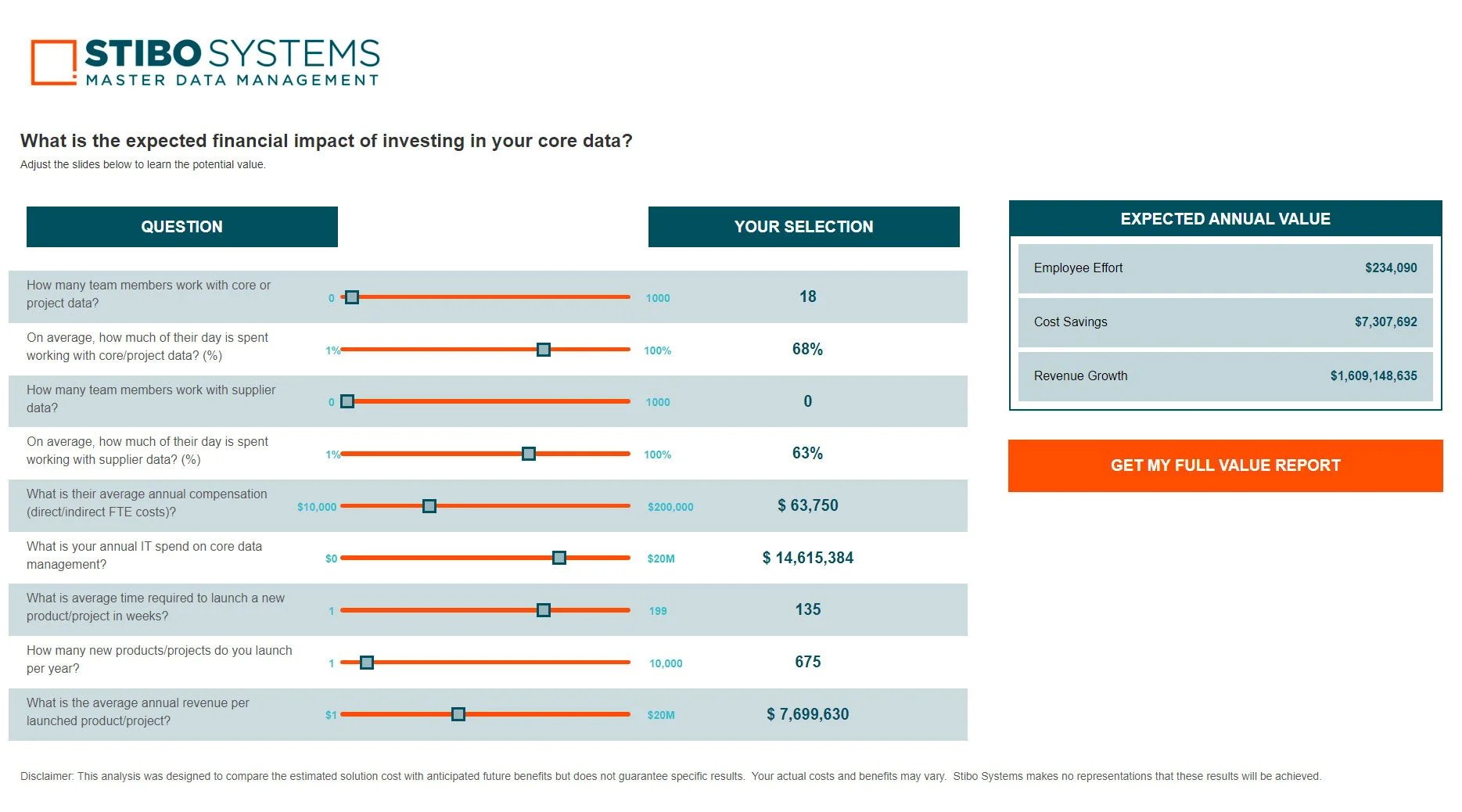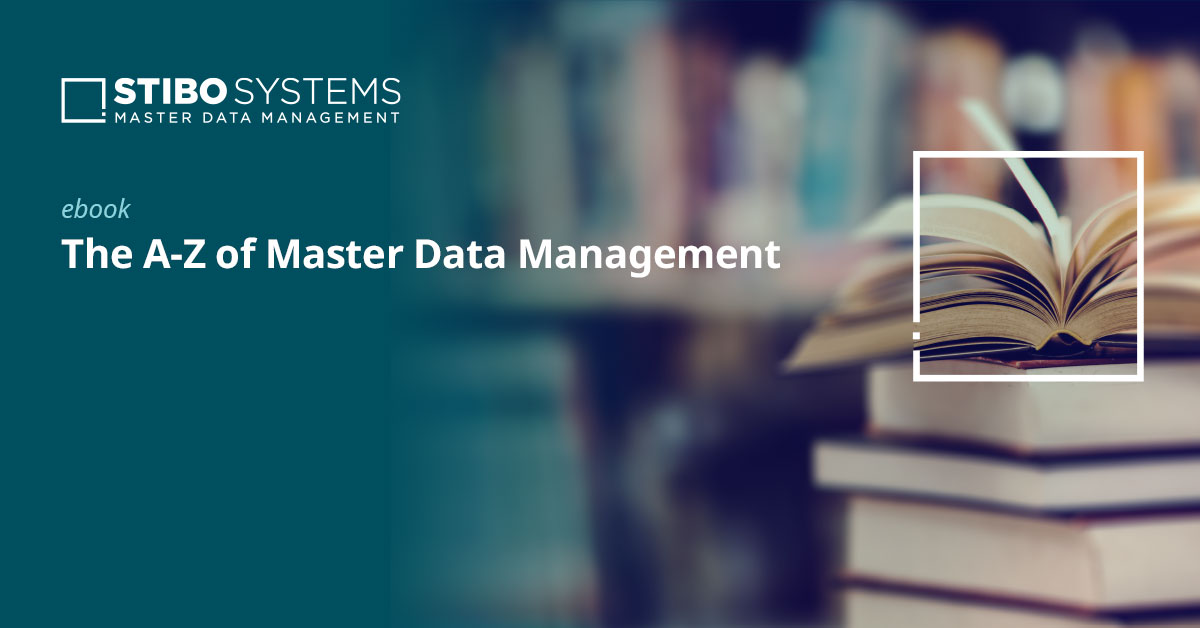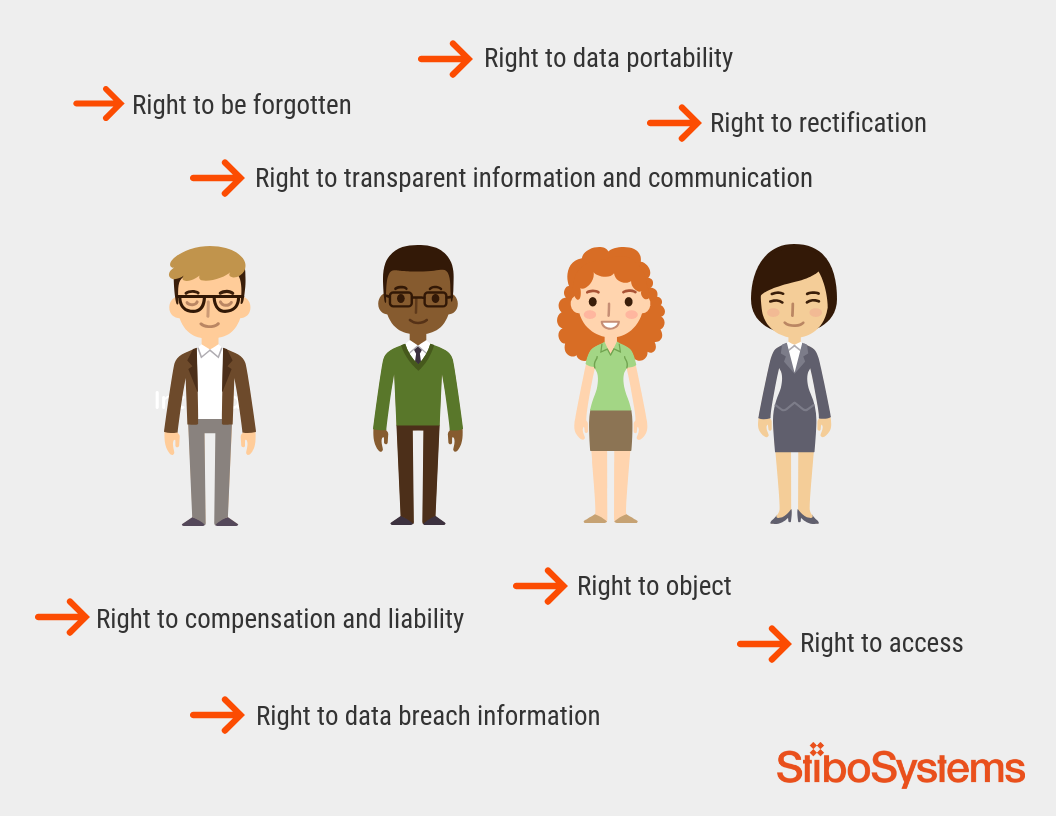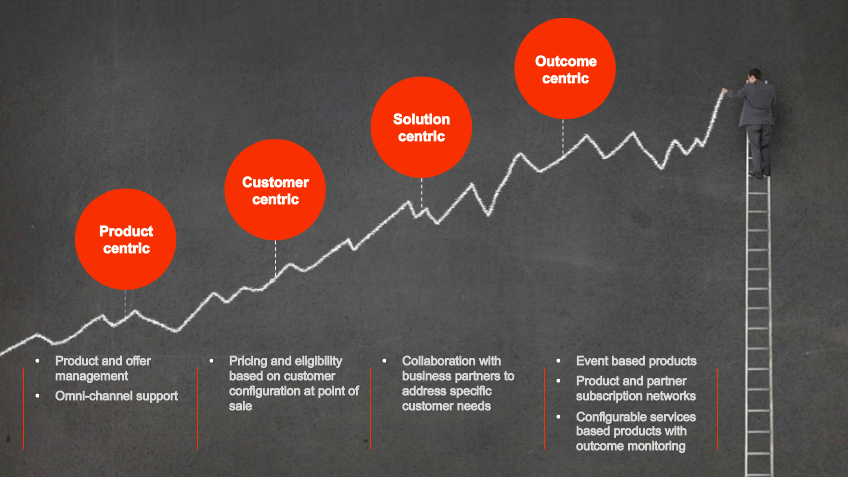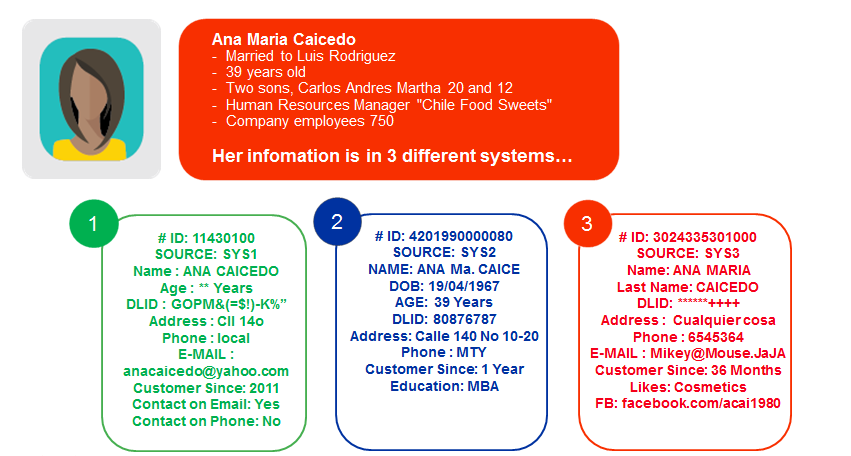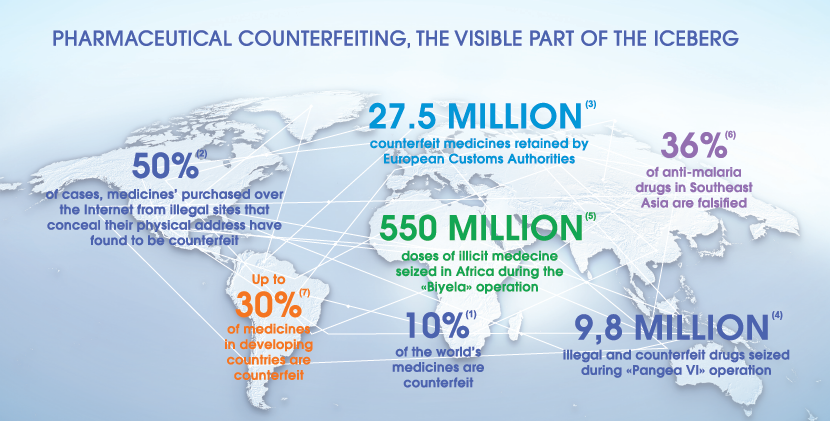For any business initiative to be a success, it is important that initial preparations and considerations are in place. That, of course, also applies to your master data management implementation style. These are the initial five steps you as a business should focus on to create the foundation for a successful master data management journey.

5 steps for getting started with master data management
Step 1. Establish your business vision and define the role of master data management in it
Before you even decide which master data management aspects and processes you need, you must start with focusing on something completely different than your data: Your business. What is your overall business vision? What is it that you specifically need to solve to fulfill that vision? In the beginning, I bet the answers to these questions won’t come down to “improving our data quality” or “create better workflows around our product on-boarding processes.”
But once you start drilling into your business vision and its components, you’ll probably find that processes around data quality and data workflows do in fact support your greater vision. But it’s a question of translating IT challenges into broader business problems, such as the challenge of creating a frictionless customer journey or how to empower your employees with the insights that they need.
If you view master data management as a business driver – a business problem solver instead of an IT problem solver – you’ll have an easier time getting buy-in from the rest of the business, as well as have a better foundation to measure the ROI of your investment.
Step 2. Identify which domain supports the first step toward your business vision
Let's be honest. You cannot expect master data management to magically solve all your business issues overnight. The vast majority of successful multidomain master data management implementations are done with step-by-step approaches, where you gradually expand your solution from one to more data domains – e.g. your product data domain, supplier data domain or customer data domain - and build on the experiences from the first domain(s). Step two is about zooming in on the areas of your business that will benefit most from better data quality and data processes and focussing on that. Is your vision to compete the 'fastest with new products'? Then your product data may be the place to start. Or is it 'providing the best customer experience'? Then you probably need to focus on customer data. Again, concentrate on what can be expected to bring you the greatest business value. And, remember, it is not necessarily the area that is the easiest or most obvious to fix.
Step 3. Create the foundation for master data management ROI
One of the challenges of master data management and other data investments is that it can be hard to prove its business value in tangible quantities. But today, every ambitious enterprise wants to measure and analyze the Return on Investment (ROI) of every single investment. That’s why you need to pick your master data management-related Key Performance Indicators (KPIs) in the very inaugural phase of implementing master data management, so that you have a starting point to compare to later in the implementation.
But what KPIs can you measure? Although master data management in itself can be hard to measure, you can better quantify some of your business vision components. So, if one of the milestones in your overall business vision is to improve customer experience, you have to define: What components make up my CX? Those could be:
- Customer service satisfaction
- Sales stats
- Direct marketing results
- Returned goods stats
- Shopping cart abandonment rates
Make sure you measure on those ROI metrics before, during and after implementing master data management initiatives.
Step 4. Educate your business about the why
As soon as you’ve taken the very first steps down master data management lane, it’s time to launch the foundation for the cultural change that needs to happen in your business as the project progresses. Unfortunately, it is not enough that only a handful of employees – those who work closely with the project - know the value of good master data. The rest of the business must also understand this, more specifically why you as a business are doing it and what it means for them as employees. Everybody in the organization needs to be aware of data quality and data processes if the project is to succeed. This step is a rather educational task, and the way to do it is through lots of relevant communication - preferably communication from senior management, not the IT department.
Step 5. Make sure your strategy and system is scalable and able to integrate
The one mistake you don’t want to make is to let your early choices prohibit growth at a later stage. So now that you’ve reached the step where you want to start creating strategies and are looking for solutions, you should make sure that you prepare for the future by creating a strategy and bringing in a software solution with the ability to scale. A scalable solution enables you to later expand it into other domains and integrate it with data-driven applications and emerging technologies. That’s important to support future business growth as well as any future mergers or acquisitions.
Ready to get started with your master data management journey?
If you can check these five steps off the list before moving on to the next phase of your master data management initiative, then I believe you are off to a great start.

